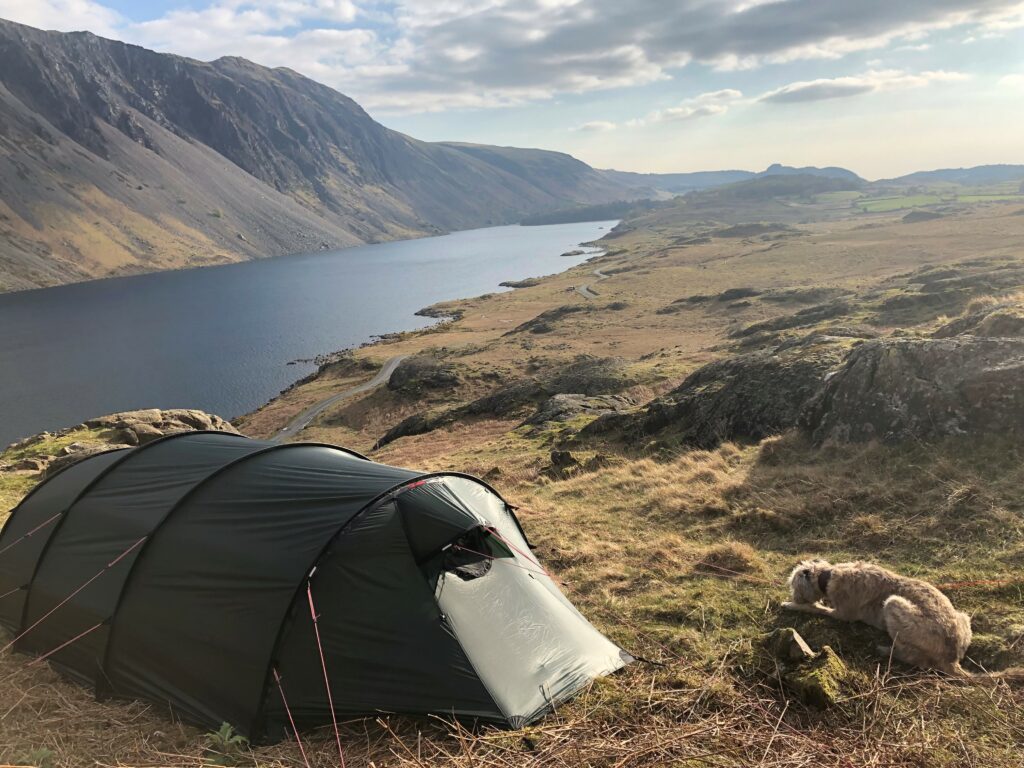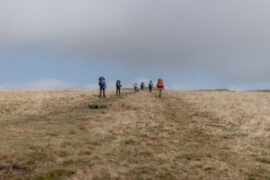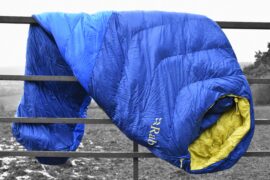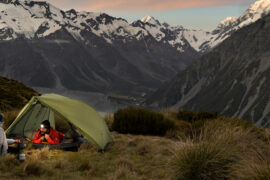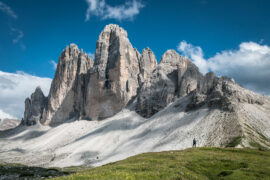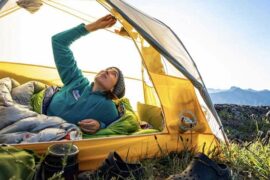Experienced campers will tell you that every season offers something different while spending a night under the stars, but for those new to wild camping’s delights and looking to transition from Summer into Autumn, here are some handy hints and gear checks to keep you camping into the colder months and back again.
…
Autumnal wild camping in the UK can be a truly awe-inspiring experience. You’ll see some of the most breathtaking natural colours as the foliage reddens and despite the drop in temperature from the more straightforward Summer months, it is still warmer than the extreme chills of Winter. If you’re coming out from your first Summer of luscious camping in the wild, but are still not ready to store away your kit, then a transition into cooler Autumn nights can be very rewarding with the proper prep and checks on your gear. As we go on, here are some things to consider when heading out camping this upcoming season and some good tips to ensure an enjoyable night or 5 out under the Autumn sky.
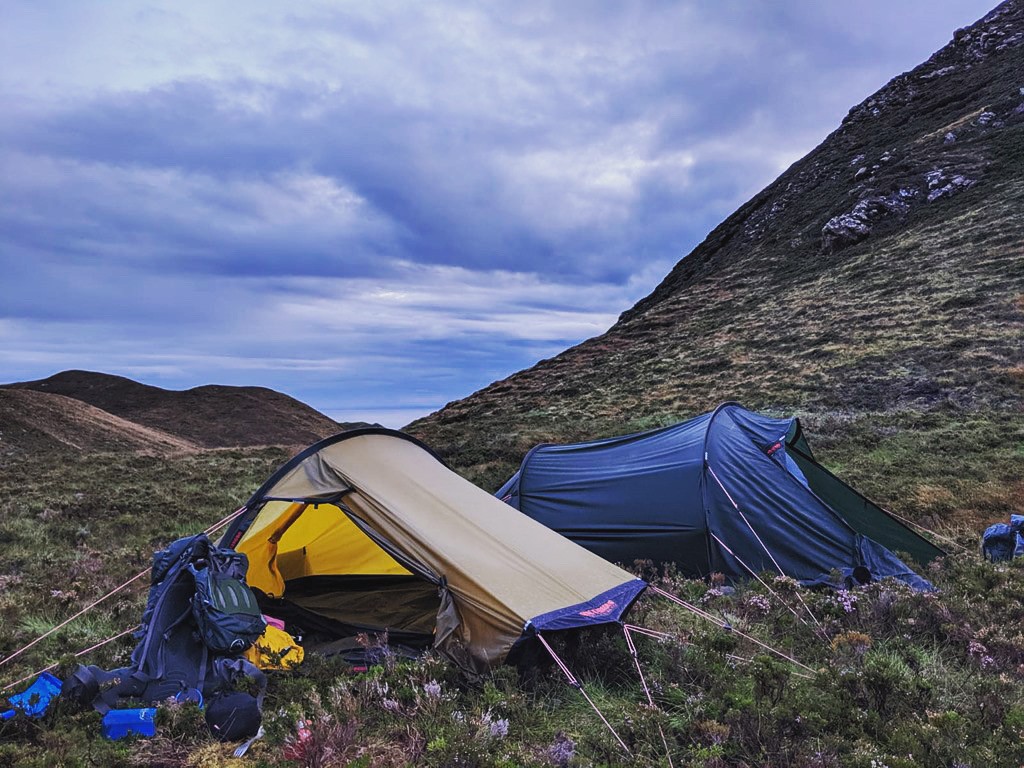
What to expect on Autumnal nights outdoors
Here are some things to take on board when considering your escape into the wild this Autumn. It is important to have a good understanding of how Autumn differs from Summer and Spring so that you can plan accordingly.
The nights are much colder
These are not your pleasant, warm Summer nights. In the Autumnal UK, temperatures frequently drop below 10 degrees celsius and sometimes even down to 0 or below.
Preparation is important in order to combat this drop in temperature, you’ll need to allow more room in your pack for warmer equipment such as your sleeping bag, mat, and decent layering such as a trusty insulated jacket.

The weather can be harder on you and your gear
Just as the temperature drops, the Autumnal wind and rains can take a larger toll on your equipment and comfort. Though we like to chat about the bad weather here in the UK, it isn’t always miserable …but just in case, you’ll need to be sure that your gear is optimised to deal with the potentially harder conditions.
Waterproofs should be properly reproofed at the start of the season and tents should be selected and looked over to ensure structural integrity in strong winds. Ideally, you should be choosing a pitching spot based on good wind cover, speaking of pitches…
Ground conditions can often change
With a drop in temperature comes two different types of ground in the Autumn, very much dependent on rainfall. If the rain has been falling, the ground will likely be damper or even muddy, not ideal for those looking to keep their kit clean.
Also, less rain and lower temperatures can harden the ground making it more difficult to properly pitch your tent and drive in pegs properly and securely. Proper knowledge of good pitching locations can make all the difference.
There will be fewer people
SOME GOOD NEWS! Year-round wild campers are an intrepid lot. Considerably fewer people frequent the great outdoors in the colder months preferring instead to be close to their central heating and fluffy slippers. What is wonderful about Autumnal camping is that you will certainly find a solitary experience away from society, what many of us crave when escaping into the outdoors. Experiencing the UK wilderness and landscapes without disturbance is a wonderful thing.
Car parks, walking trails, and typical touristy hotspots will be less frequented, perfect for those who are out to escape the crowds.
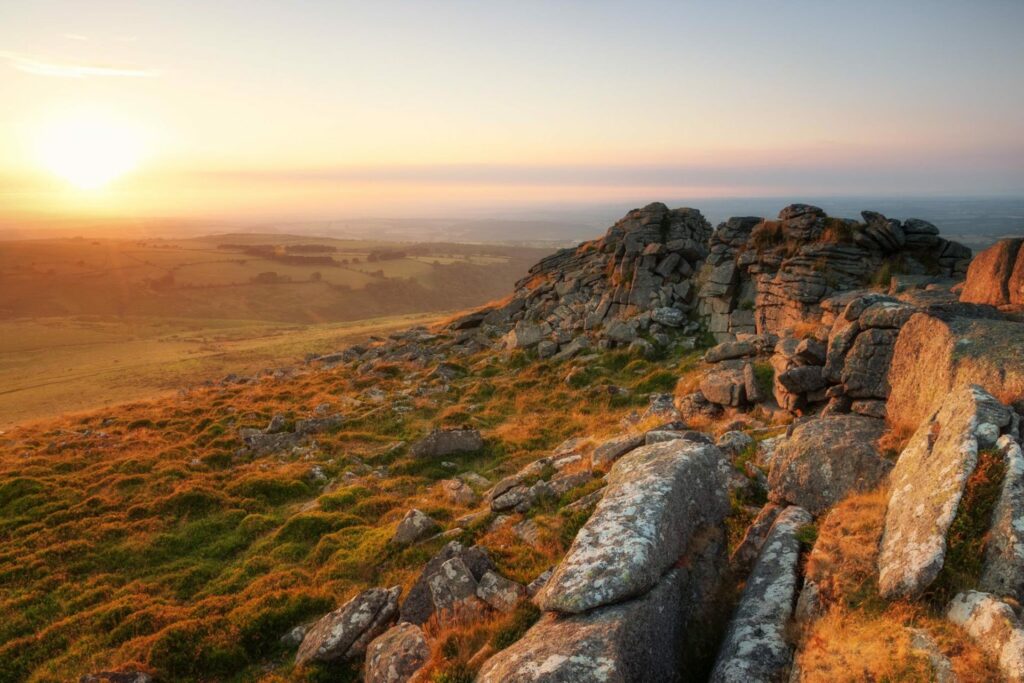
Autumnal landscapes are some of the UK’s most captivating
Here is a quick trip back to school! Flora in Autumn such as trees, bushes, and plants is preparing for Winter. They shed their leaves and reduce the amount of chlorophyll in order to help them preserve energy for colder temperatures. It is this process that gives us the beautiful ochres, russets, and golds typical of Autumnal landscapes.
Truly one of the very best times to take in the great outdoors. Waking up amongst it and leaving your tent to gorgeous showers of red leaves is a sight to behold and cherish.

Our guide to wild camping in Autumn
Now that you have a good idea of what Autumn is all about and how it can effect your time outdoors, here is our guide to helping you make the very most of the upcoming season, its weather, and unique opportunities.
First thing, however, here are some ground rules.
Whether you are new to wild camping or not, it is always a good idea to learn the laws and general practices surrounding it in order to respect the landscapes we love so much and the people who live there. There are specific rules that govern access to wild camping and it is important to get acquainted with and strictly follow them.
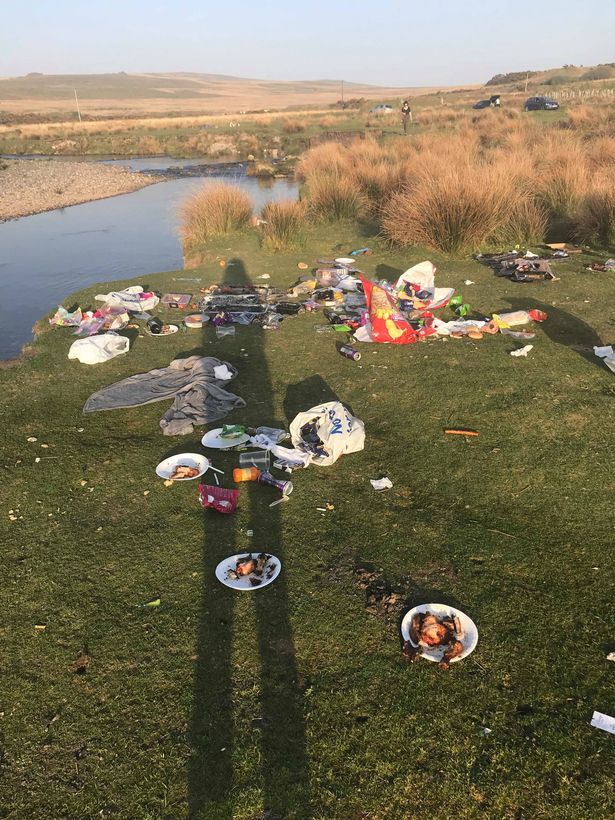
What is wild camping? Wild camping, simply put, is camping outside of campsites, such as often when wilderness backpacking.
Where can you wild camp? It is generally illegal to go wild camping in England and Wales without the land owner’s permission, however, there are places you can go which allow wild camping in certain areas such as Dartmoor in the South-West, the Brecon Beacons in South Wales, and the Lake District, it is important to do your research and know the areas where you can and cannot camp. If you are still unsure, there are many sparse, beautiful campsites across many of the UK’s national parks which would still be great to camp in. Scotland, unlike England and Wales, benefits from open right-to-roam rules. Scotland is indeed the only area of the UK that effectively allows wild camping on most unenclosed land such as several of its national parks, making them the perfect place to wild camp.
Rules to stick by
– Leave no trace of your stay. This should go without saying, but it is still all too common finding litter and signs of human occupation. Areas such as National parks should be kept pristine for all to enjoy. Do not leave any rubbish behind, always clear up any mess you have made and ensure that you do not disturb any wildlife.
– Don’t light any fires. Again, it is still sadly all too common to stumble across fire scars in the landscape where people have built a campfire, burning up the soil and foliage. Fires leave a mark on the landscape that can take a very long time to heal and leave a trace of your visit. They can also be very dangerous and many campfires have spread and seriously damaged the landscape in the past. Use camping stoves and carefully and ensure that no grass is being scorched.
– Be respectful when answering a call of nature. It happens, you’re out in the middle of nowhere and inevitably you’re going to need to go to the toilet, you cannot just go anywhere. Make sure that you go to the toilet well away from any natural streams or rivers and bury anything you leave behind with a shovel or trowel. Feminine hygiene products should be treated like rubbish and taken with you – animals can dig them up which makes for a very unpleasant sight for others to come across later.
– Blend in and don’t be an eyesore. When other people are walking and hiking, they want to enjoy the landscape just as much as you do. This is why it is very important to blend in and not take up a large space. Only small tents should be used with earthy, neutral colours which are low to the ground. Absolutely no amplified music should be played and unless in a case of emergency, you should keep your personal volume low.
If you are still in any doubt, theNational Parks website is a fantastic resource which we highly recommend reading through.
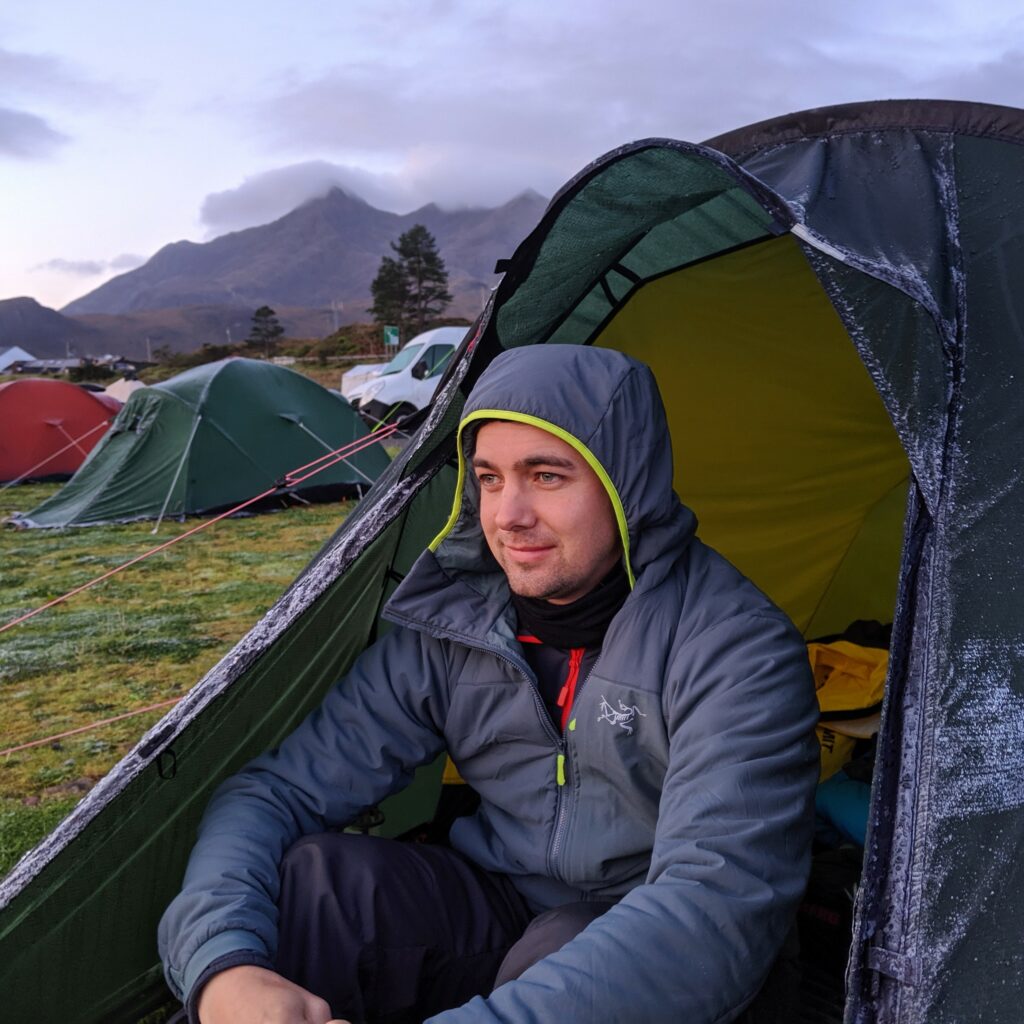
Keeping warm
As previously mentioned, you will need to allow room in your rucksack for cold weather gear! While you may generate plenty of heat on the trail, when you’ve eventually stopped and pitched your tent, the cold will creep in and you’ll need to make sure you have the appropriate gear.
A proper sleeping bag – Sleeping bags come in many different temperature ratings and it is important to get acquainted with yours and what temperatures it is able to keep you warm. We would recommend a sleeping bag with a comfort rating which extends down to -6 degrees celsius, this way you can camp with peace of mind knowing that if the temperatures do plummet, you’ll be cosy and warm. Check out our range of superb sleeping bags HERE.
An effective sleeping mat – As previously mentioned, the ground can become very cold in Autumn and a sleeping mat acts as the most important line of defense in keeping you warm. The R-value of a sleeping mat represents its ability to keep you warm in lower temperatures, the higher the R-value, the better it will be at protecting you from the cold ground. When looking at your mat or selecting a new option, we recommend an R-value of 4.0 or higher. Check out our range of lightweight, technical sleeping mats HERE.
Base Layers – Now on to clothing, an even distribution of both warmth and moisture management is key in staying comfortable in the outdoors, luckily both of these can be mostly covered from a decent base layer on both top and bottom whilst idle at camp. The wicking properties of a base layer will keep sweat at bay and prevent you from getting cold due to excess liquid build-up. There are a great variety of both wool and synthetic base layers but if you want a good all-rounder, you cannot beat Merino. Our selection of Icebreaker Merino base layers could be just what you’re looking for.
An insulating mid-layer – Again, warmth is key to a successful Autumnal night under the stars. Whether a good thick fleece or lighter weight insulated jacket, having something to tuck neatly over your base layer and beneath your waterproof if needed makes for a perfect solution to keeping the cold at bay when outside of your sleeping bag. As general rule, if you’ve stopped for anytime, get an insulative layer on to keep in the heat! Check out our range of fleeces here, or if you’re looking to optimise weight and comfort, you cannot go wrong with a classic insulated jacket.
Keeping Dry
It doesn’t matter which season you’re camping in. You’d be foolish not to pack some form of waterproof gear. In Autumn especially, you’d be wise to pack a waterproof jacket, waterproof trousers, and waterproof-lined walking footwear. Furthermore, your rucksack should have a rain cover to ensure that your gear is also kept dry.
Keeping Fed
With the added pressure on you with the cold and heavier pack, it’s important to keep your calories up. With the extra weight in your pack from all those warm layers, why not save on weight where food is concerned with a freeze-dried meal? Our range of Expedition Foods meals pack up to 1000 calories while weighing as little as 200g.
Despite the reputation of freeze-dried foods, Expedition Foods are made using very high-quality recipes, there is no junk or preservatives involved and you’ll find nothing but good proper ingredients within. Shop our range of freeze-dried meals HERE
Keeping Stable
Finally, when looking through your gear or on the lookout for a new shelter, it is with the utmost safety in mind that you lie beneath something which can take on the Autumnal wind and rain, coming out unscathed and that you know how to pitch it in a way that doesn’t allow it to blow away. Good knowledge of your outdoor shelter is key to having an enjoyable and safe night outside.
It is important to ensure that your tent was built for at least 3 season use. This means that your tent should be able to take on Spring, Summer, and Autumn without worry however, it is important that you understand the landscape you’re heading into. You cannot go wrong with a 4-season tent in Autumn, especially in more intrepid landscapes such as Scotland, the Lake district, or other high altitudes such as the Welsh national parks where wild camping is welcomed. This ensures optimal safety in places where even in Autumn, the weather can get really rough. Take a look at our range of intrepid tents from some of the world’s very best gear makers.
Go wild camping this Autumn
While Spring and Summer generally give warmer conditions, there is so much to be said of the majesty of Autumnal landscapes that makes for a completely different outdoor experience in which you can see nature preparing for the oncoming Winter months.
We hope you now have an idea of what to expect during this beautiful season. We encourage you all to head out and do something brave this wondrous season, just remember to prepare properly and of course, LEAVE NO TRACE!
Happy Camping.

